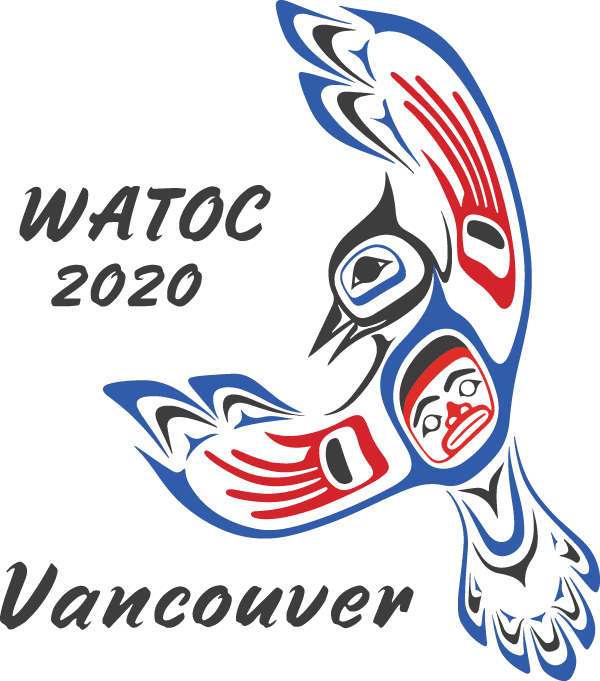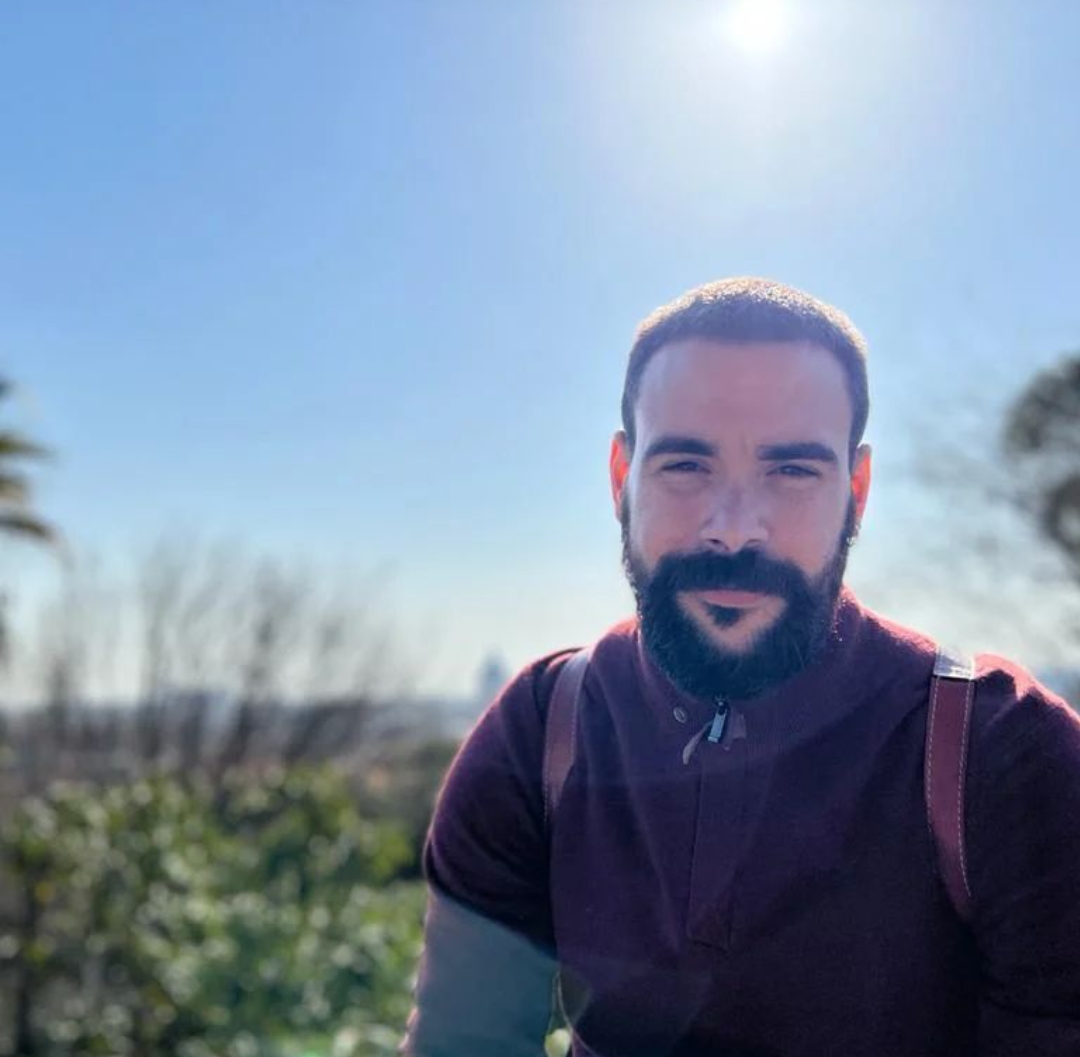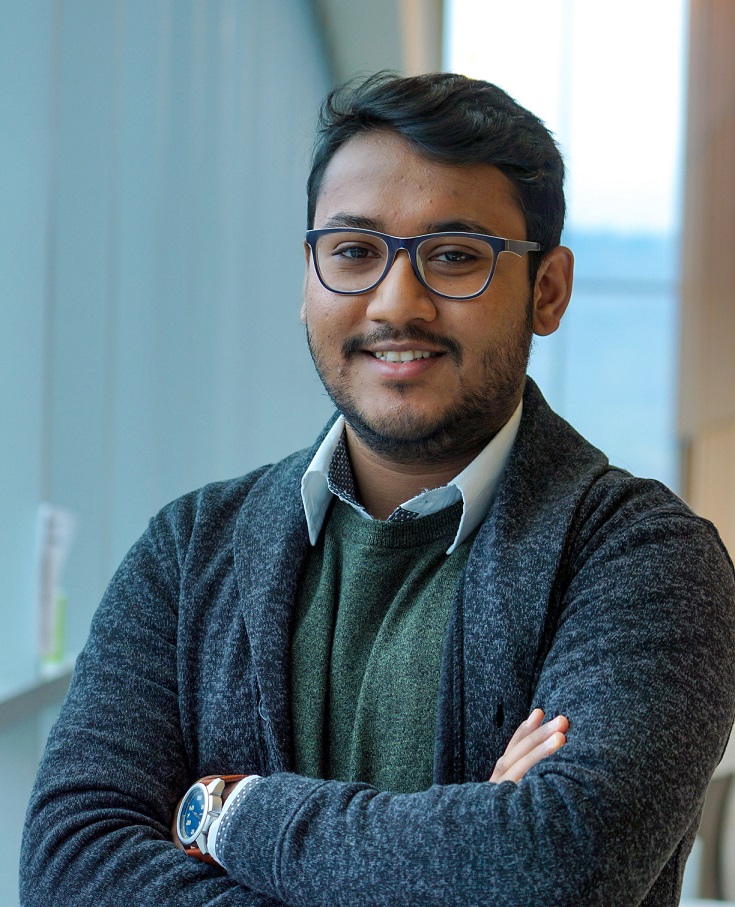
In the second instalment of our interview series featuring PeerJ Award winners from the 12th Triennial Congress of the World Association of Theoretical and Computational Chemists (WATOC 2020), PeerJ Physical Chemistry recently spoke to Darío Barreiro-Lage and Viki Kumar Prasad about their research interests and current work.
In total, ten PeerJ Awards were given to the best posters presented at WATOC 2020, as voted for by the attendees. Interviews with all the award winners will be posted over the coming weeks.
*****
Free August at PeerJ Physical Chemistry!
A reminder that throughout August, submissions to PeerJ Physical Chemistry will receive a 100% APC waiver if ultimately published in the journal following peer review. See the announcement blog for details.

*****
Darío Barreiro-Lage Ph.D. candidate at Universidad Autónoma de Madrid (UAM), Spain.
Can you tell us a bit about yourself and your research interests?
 I am a theoretical chemist currently doing the last year of my PhD at the Universidad Autónoma de Madrid. On the non-scientific (or let’s say less-scientific) part of my curriculum, I am a former classical musician and a current philosophy student.
I am a theoretical chemist currently doing the last year of my PhD at the Universidad Autónoma de Madrid. On the non-scientific (or let’s say less-scientific) part of my curriculum, I am a former classical musician and a current philosophy student.
My actual main line of research revolves around the application and design of theoretical chemistry models and strategies for the study of the fragmentation dynamics of clusters and biomolecules after being excited with light.
What first interested you in this field of research?
Analyzing ‘what’ happens after different molecules have been struck by photons of light is an extremely interesting and versatile field. Depending on the energy of this light, we could go from the population of the excited states to the complete annihilation of the molecule. So, there is a huge variety of processes to look for. I am especially interested in systems with biological interest, since one of the main lines of my research is to look for new mechanisms in prebiotic chemistry that could lead to the formation of more complex molecules and ideally to auto replicating ‘life’ systems! But I have also worked with systems with more of an astrochemistry interest such as the work I presented here at WATOC.
Can you briefly explain the research you presented at WATOC?
The work I presented at WATOC is a close collaboration with experimental physicists of Lund University, in Sweden. Here, we decided to target one question that keeps bugging astrophysicists and astrochemists, and that is the very high detection of ionic O2(+) at the ionosphere of Mars. Here, we present an alternative (or complementary) origin for the formation of these molecules, using as starting point core-ionized CO2 clusters after interaction with soft X-Ray photons.
My work consisted of designing a theoretical strategy to simulate this interaction and see if we could predict its implications. With this strategy, we were able to identify an interesting type of covalently bound structures stabilized via polarization and solvation effects stable only for small clusters we called ‘2Y-structures’. From these structures, we were able to find different possible mechanisms that showed the formation of the targeted O2 (+) ion.
What are your next steps?
The next step would be to check if there is actual empirical evidence of the presence of these ‘2Y structures’ in the Martian atmosphere. To do so, we will have to perform a spectroscopical theoretical study in order to compare the possible results.
You can follow Darío on Twitter: @Dario_B_L
Viki Kumar Prasad PhD from the University of British Columbia, Canada.
Can you tell us a bit about yourself and your research interests?
 I grew up and spent my early schooling in the town of Jalpaiguri, India. I went on to do my bachelor’s and master’s degrees in chemistry from two universities in India before moving to Canada for my PhD in computational chemistry. Since my early days in research, my interests and training have evolved from applications of computational chemistry during my master’s degree to quantum chemical method development during my PhD degree. My future interests lie in extending my research to machine learning and quantum computing with a focus on quantum chemical applications.
I grew up and spent my early schooling in the town of Jalpaiguri, India. I went on to do my bachelor’s and master’s degrees in chemistry from two universities in India before moving to Canada for my PhD in computational chemistry. Since my early days in research, my interests and training have evolved from applications of computational chemistry during my master’s degree to quantum chemical method development during my PhD degree. My future interests lie in extending my research to machine learning and quantum computing with a focus on quantum chemical applications.
What first interested you in this field of research?
What got me interested in computational chemistry was a combination of personal interest in chemistry and computers along with my formal education as a chemist and experience with computer programming since middle school. The research training during my master’s degree formally introduced me to computational chemistry. It interested me in interdisciplinary research, where I could apply acquired knowledge and learn more about how to use chemistry, physics, mathematics, and computers together to answer scientific questions. My research experience has allowed me to work in complementary areas of computational chemistry, such as application and method development. It has played an important role in developing important skill sets for the future, where my research interests lie in hybridizing fields of computational chemistry, machine learning, and quantum computing.
Can you briefly explain the research you presented at WATOC?
At WATOC, I presented a poster summarizing my PhD work titled “Development of atom-centered potentials for efficient and accurate electronic structure modelling of large molecular systems“. It is known that accurate electronic structure modelling of large molecular systems is computationally challenging due to the dramatic increase in the demand for computational resources with increasing system size. My work involved developing a novel way to tackle this problem using atom-centered potentials (ACPs). I presented how ACPs were generated to mitigate the errors of Hartree Fock (HF) and density-functional theory (DFT) methods, particularly when used with small basis sets. The objective behind developing ACPs for such methods was to improve their accuracy in predicting various molecular properties without impacting their low computational cost. Such improvement brings the predictions in targeted molecular properties close to that which can be obtained using very expensive coupled-cluster methods with large basis sets but at a reduced computational expense such that modeling of molecular systems with many hundreds to a few thousand atoms can be performed routinely.
How will you continue to build on this research?
The presented work has demonstrated that atom-centered potentials are a powerful tool for mitigating shortcomings of various computational methodologies. However, the ACPs were developed only for ten elements of the periodic table commonly found in organic and biological systems. The gradual next step would be to extend the ACP-based approach to other elements to allow the modeling of interesting applications involving transition metal chemistry, metalloproteins, metal-organic frameworks, etc. Another area we are currently interested in includes demonstrating how an efficient and accurate ACP-based approach can bridge the gap between obtaining high-quality training data and developing deep learning models.
You can follow Viki on Twitter: @Viki_Kr_Prasad

